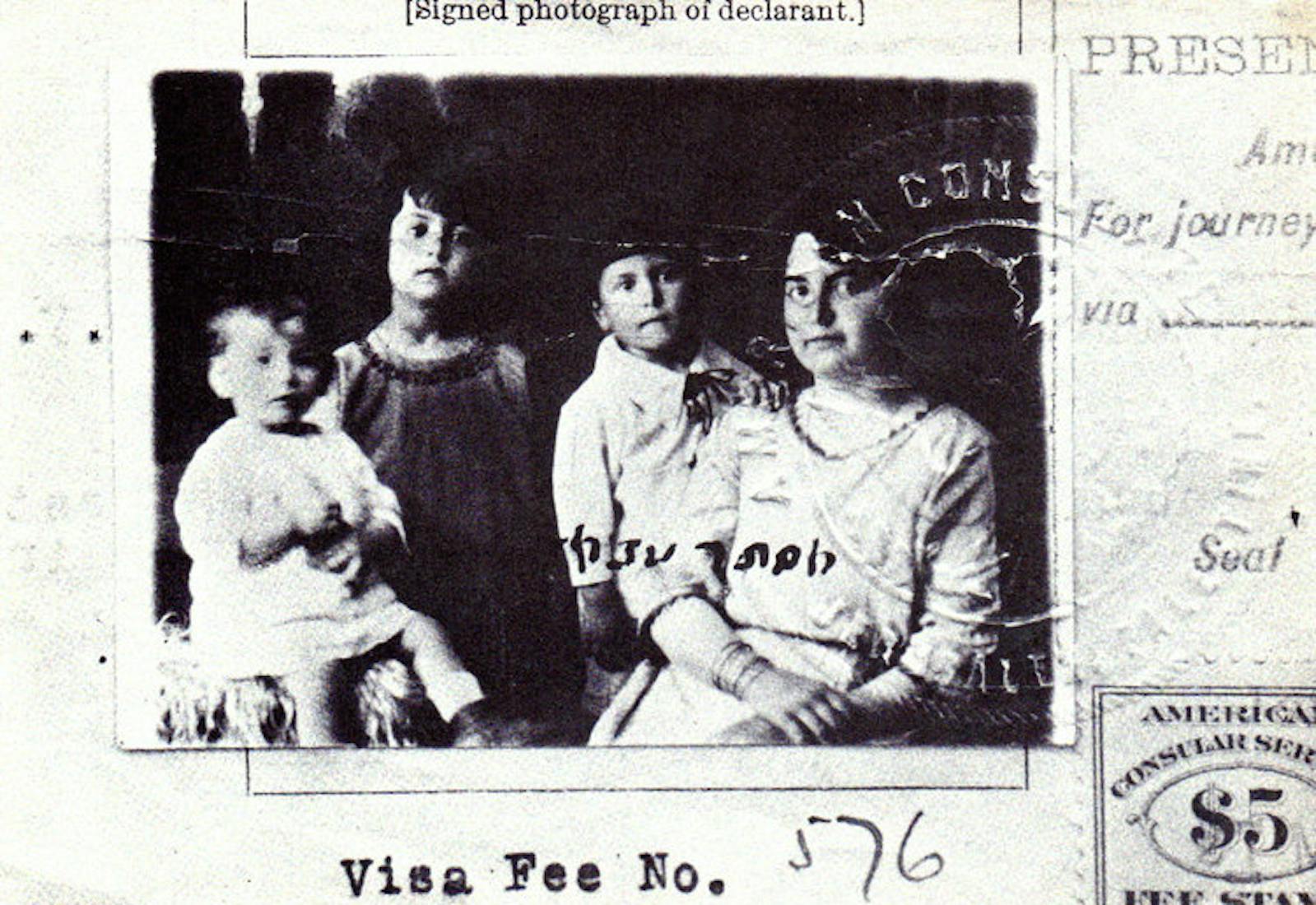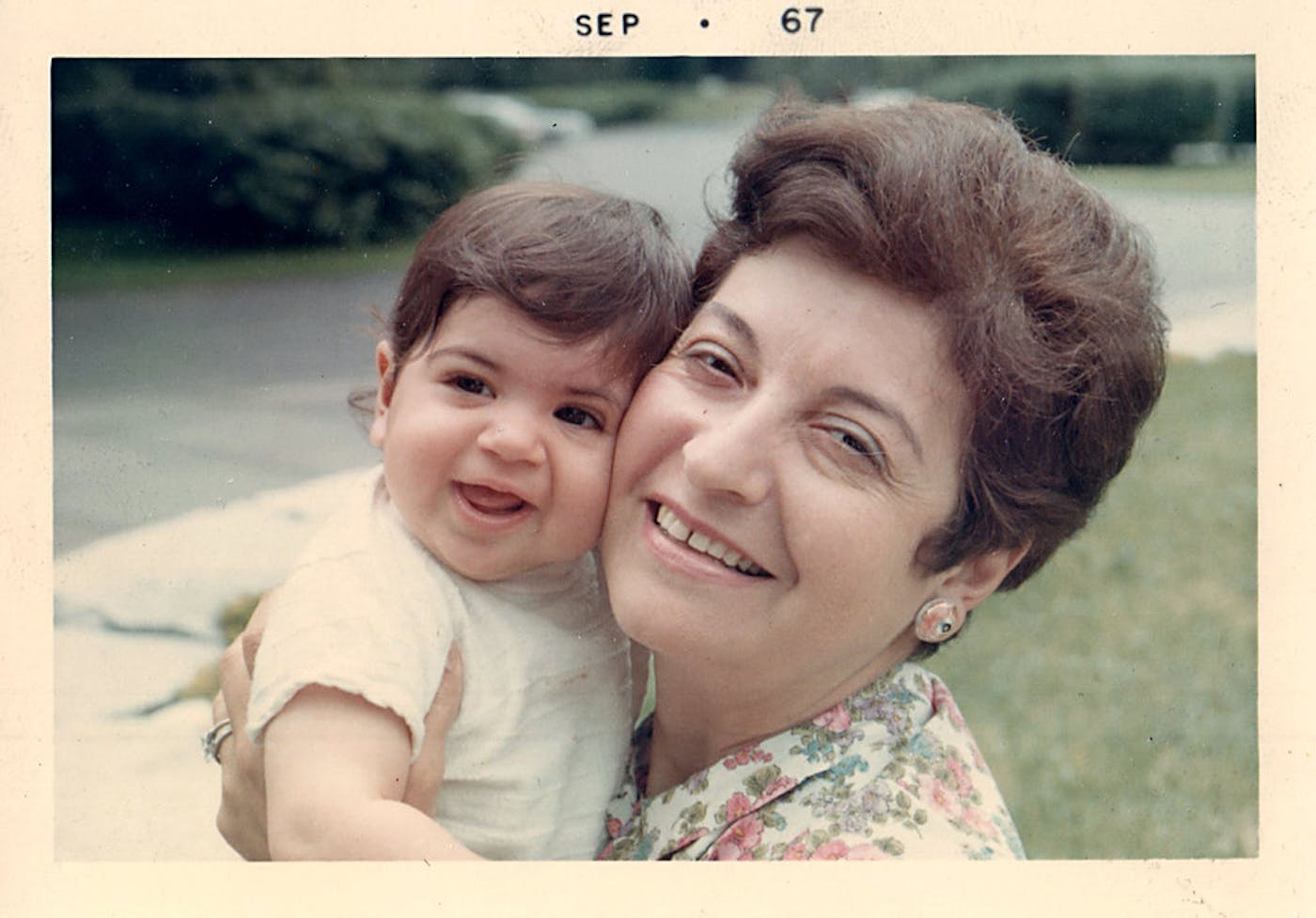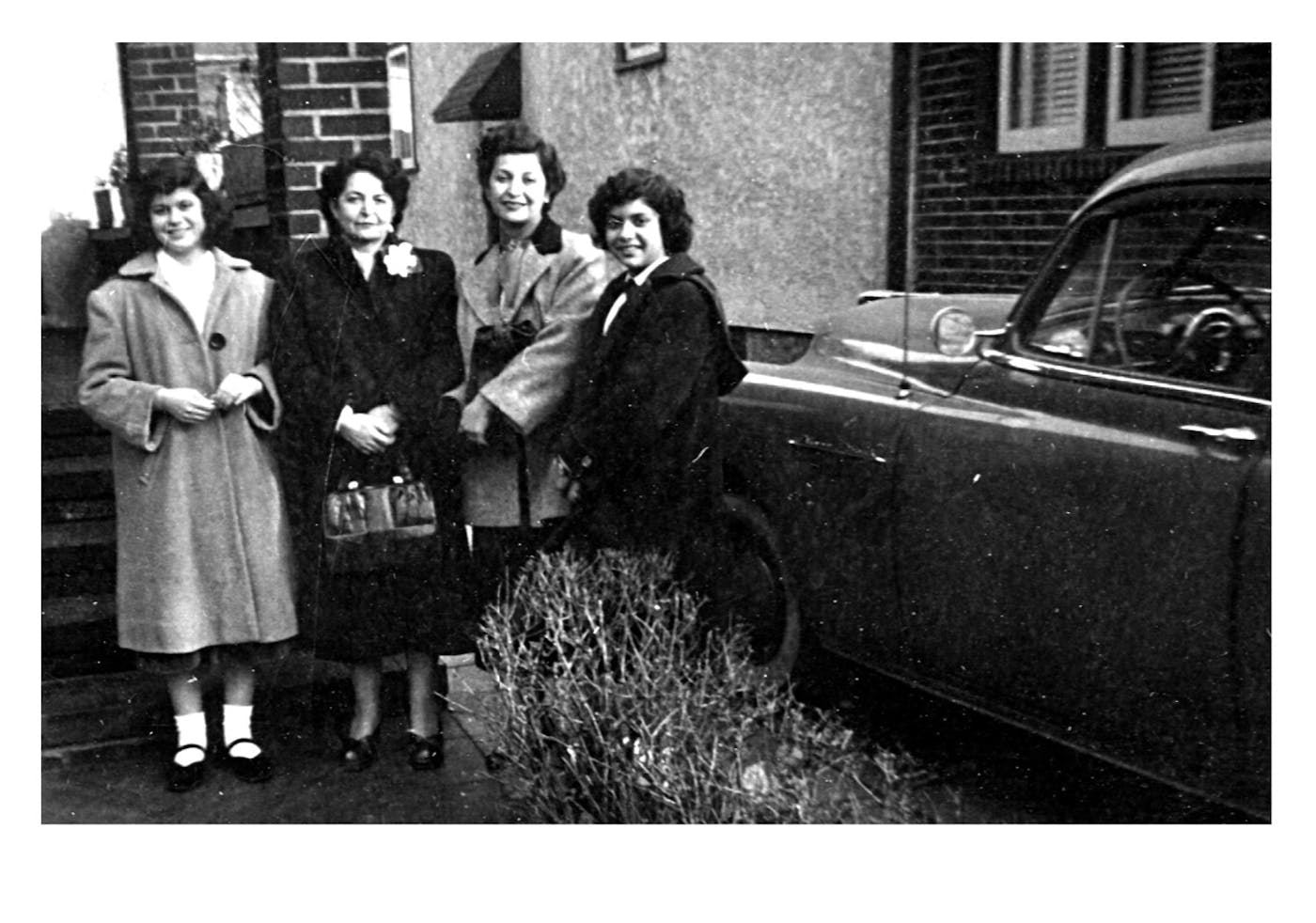Shared by Jennifer Abadi


“My mother married an Ashkenaz,” explains cookbook author Jennifer Abadi. “It was considered, at the time, half jokingly to the Syrians, marrying out. Syrians are very insular,” she adds.
Jennifer’s mother grew up in the Syrian Jewish community in deep Brooklyn after her great-grandfather was brought to the U.S. in 1921 to help establish the community. Two years later, his family, including Jennifer’s grandmother Fritzie, who was a little girl, joined him, bringing with them Syrian traditions and Halabi recipes, those from the Jewish community that once thrived in Aleppo.
Among them was a soup of spiced lamb meatballs wrapped in ground rice and plunged into a sour broth made with lemons called kibbeh hamda that Fritzie served on Passover. Jennifer says she can’t quite remember the first time she had it, “because when you grow up with it, it’s there all the time. It’s a slow kind of experience,” she says. It was served as the starter to Seder meal, which also included charoset made with dates, rice with onions, and roasted lamb with lots of garlic. “It was the Mizrachi brisket,” Jennifer adds.
But, over the years, matzo ball soup crept in on tradition, as Fritzie entered into a second marriage, this time, to an Ashkenazi man, just as her daughter, Jennifer’s mother did. “My dad and grandfather were Ashkenazim. [And] my grandmother tried to include what they grew up with and they knew,” she says. Eventually, “Matzo ball soup, for better or worse, kind of won over.”
Still, Jennifer wanted to learn to make kibbeh hamda, as well as her grandmother’s other recipes from Aleppo. “In a Syrian home, it wasn’t ‘Come my child and learn,’” Jennifer explains. She was always around food, but the custom was that women didn’t cook until they were married, “and then you were expected to do it. That’s the reality my mother and grandmother had.”
In her 20’s, when she was a graphic designer, Jennifer broke with the custom and started working on her first cookbook A Fistful of Lentils. She started with a looseleaf notebook of onion skin paper that her mother and aunt had made of Fritzie’s recipes. “I was afraid it was going to disappear. [My mother] referred to that all the time — that was her bible,” she explains. Jennifer also arranged cooking dates with her grandmother, telling her what she wanted to cook on that day and bringing the ingredients with her. “I kept a diary of my experience with her and it became a platform for us to have a new relationship,” she adds.
It started her down a path of collecting recipes, not just from her family, but from Jewish families with roots from around the globe, seeing how they changed, much as we do at the Jewish Food Society. “Food is a reflection of what once was and what now is. It’s never 100 percent of what was in old country,” she says. It’s a reflection also of what is available in New York, Brazil, Mexico, or wherever Jewish families settled.
For her most recent book, Too Good to Passover, she collected 200 recipes from 23 Jewish communities — including, of course, Fritzie’s kibbeh hamda.

